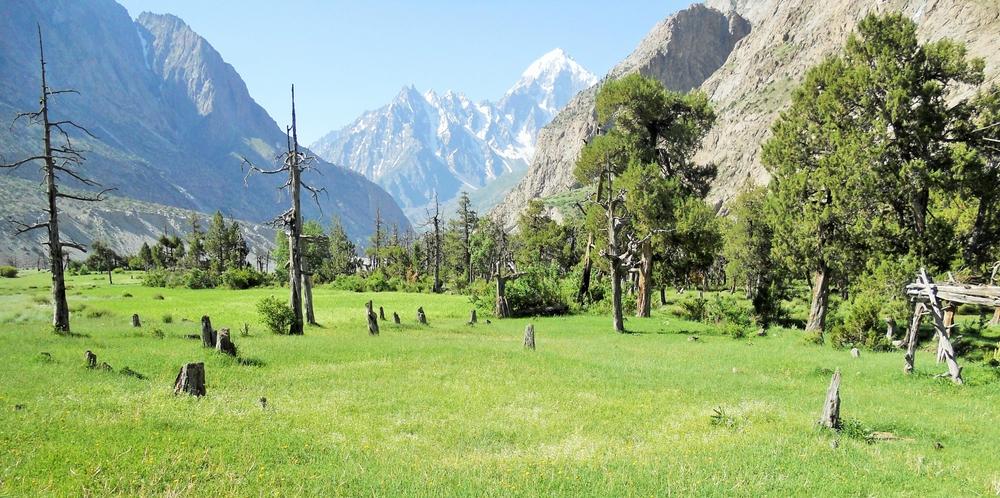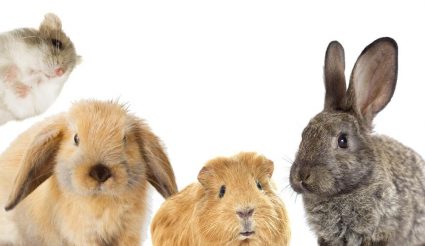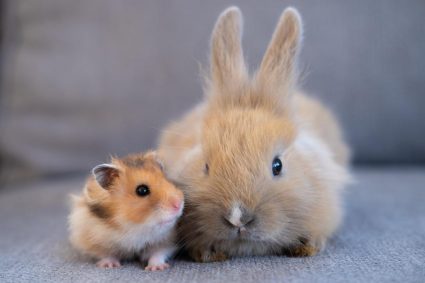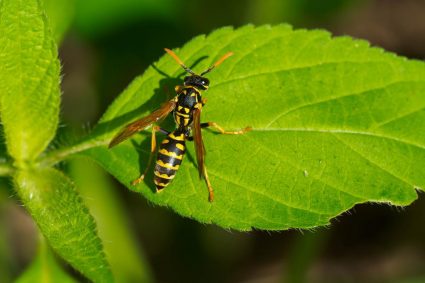
California is home to an estimated 250,000 to 750,000 coyotes, making it one of the densest coyote populations in the United States. These adaptable creatures can be found in various habitats across the state, from the arid deserts of Southern California to the wet meadows and foggy coastal regions of the North. But how big are these California coyotes, and how do they compare with coyotes in other parts of the country? Let’s dive in!
Coyotes in California are medium-sized animals, typically weighing between 22 and 25 pounds. Their total length, from nose to tail, can range from 39 to 53 inches. However, size can vary based on several factors, including habitat, diet, and genetic diversity. Males are generally larger than females, and coyotes in the northern regions tend to be larger than those in the southern regions.
Average Size of Coyotes in California
Coyotes in California are medium-sized animals, typically weighing between 22 and 25 pounds. Males tend to be larger than females, with full-grown males weighing between 20 and 35 pounds and females weighing between 18 and 25 pounds. Their total length, from nose to tail, can range from 39 to 53 inches, although some individuals can reach up to 59 inches. Their tail length is typically around 16 inches, and they stand about 18 inches high at the shoulder.
Size Variations Among California Coyotes
There are variations in size among male and female coyotes in California, with males generally being larger and heavier. However, the size of coyotes can also vary geographically. Northern subspecies tend to grow larger than the southern subspecies of Mexico. In the hotter, drier regions of California, coyotes are tan-brown in color with streaks of gray.
California Coyotes vs. Other U.S. Coyotes
When compared to coyotes in other parts of the United States, California coyotes are similar in size. However, coyotes in the eastern United States tend to be larger, with some individuals reaching over 60 pounds. On the other hand, coyotes in the western United States are generally smaller than those in the east.
Factors Influencing the Size of California Coyotes
Several factors can influence the size of coyotes, including habitat, diet, and genetic diversity. Coyotes have adapted to various environments, including suburban environments, where some of the highest population densities occur, particularly in Southern California. Their diet primarily consists of small mammals, such as rabbits and mice, but they can also consume birds, snakes, large insects, and fruits from ornamental trees.
Urban coyotes in Los Angeles have been found to be genetically distinct from and less diverse than coyotes in natural habitats. This genetic differentiation and loss of genetic diversity could be related to the rapid expansion of urban areas throughout the 1900s, which may have influenced the size of urban coyotes.
Misconceptions About Coyote Size
There are several misconceptions about the size of coyotes in California. For instance, some people mistakenly believe that coyotes are as large as wolves or that they are coy-wolves. In reality, coyotes are significantly smaller than wolves, and while they can interbreed with wolves, the resulting hybrids are not common in California.
Impact of Climate Change and Human Activity
Climate change and human activity have impacted the size and growth of coyotes in California. Drought and heatwaves, intensified by climate change, have led to wildfires and habitat alterations, forcing coyotes to move into urban areas. Urbanization has resulted in more parkland and green spaces, providing ideal habitats for coyotes. As a result, coyote populations in urban and suburban areas of California have increased.
In conclusion, coyotes in California are medium-sized animals, typically weighing between 22 and 25 pounds. Their size can vary depending on several factors, including habitat, diet, and genetic diversity. Despite common misconceptions, coyotes are not as large as wolves and are not coy-wolves. Their size, adaptability, and diverse diet allow them to thrive in both urban and rural environments across the state.
Frequently Asked Questions
What do coyotes eat?
Coyotes are omnivores and their diet primarily consists of small mammals, such as rabbits and mice. They can also consume birds, snakes, large insects, and even fruits from ornamental trees. In urban areas, they are known to eat garbage and pet food.
Are coyotes dangerous to humans or pets?
Coyotes generally avoid humans. However, they can pose a risk to pets, especially small dogs and cats, if they perceive them as a food source or a threat. It’s always prudent to supervise pets when outdoors, particularly at dawn and dusk when coyotes are most active.
Are coyotes protected in California?
In California, coyotes have the same legal status as deer and other game animals. Hunting coyotes is allowed all year round in the state, but there are regulations in place to manage the population and protect the species.
How can I prevent coyotes from coming into my yard?
There are several measures you can take to deter coyotes from your property. These include installing fencing, removing food sources like pet food or unsecured trash, and using repellents or scare devices. It’s also important not to feed coyotes, as this can encourage them to lose their natural fear of humans.
Do coyotes travel alone or in packs?
Coyotes are generally solitary animals, but they can form packs, especially during the mating season or when raising their pups. Packs are usually small, consisting of a breeding pair and their offspring.











